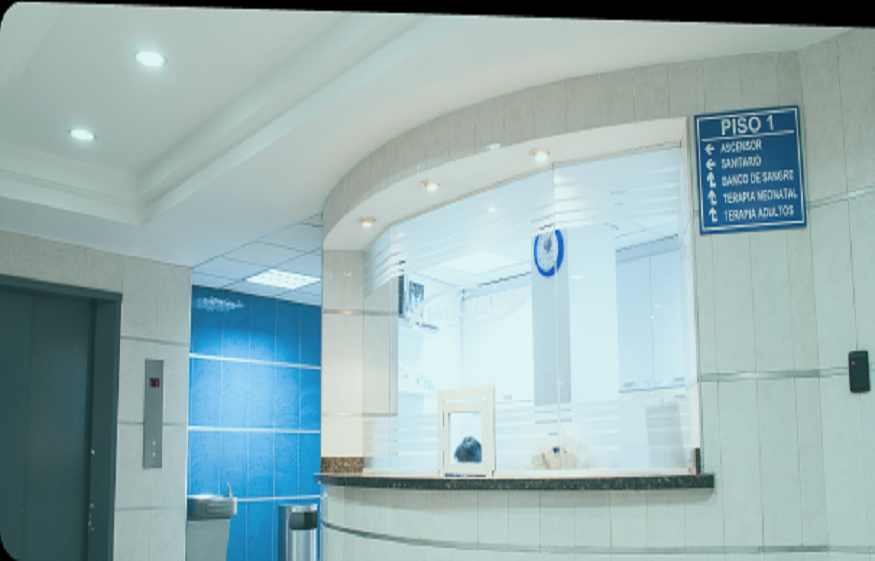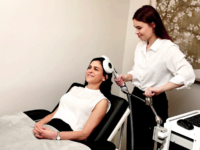Vital Contributions: Inside a Plasma Center in Salt Lake City

In the heart of Utah’s capital, a quiet but essential service plays a critical role in saving lives. A plasma center in Salt Lake City is more than just a donation site—it’s a cornerstone of modern medicine, enabling treatments for a wide range of health conditions that depend on human plasma. For residents seeking to make a difference or supplement their income while supporting a greater cause, these centers offer a meaningful opportunity.
What a Plasma Center Does for Public Health
Plasma is the liquid portion of blood that carries essential proteins, antibodies, and nutrients throughout the body. It’s used to treat medical conditions like hemophilia, immune deficiencies, and shock or trauma-related injuries. Plasma-derived therapies cannot be manufactured in a lab; they rely entirely on donations from healthy individuals.
A plasma center in Salt Lake City collects, tests, and processes this valuable resource. Unlike whole blood donation, the process of giving plasma—called plasmapheresis—involves separating plasma from other blood components, which are then returned to the donor. This makes plasma donation a unique and repeatable act, often done biweekly by regular contributors.
Centers in Salt Lake City follow rigorous health and safety protocols. Donors undergo screening before each session to ensure eligibility. This includes basic health checks like blood pressure, pulse, and hematocrit levels. In addition to serving a critical health function, these centers support the local economy and promote public engagement in medical advancement.
The Donor Experience in Salt Lake City
Becoming a donor at a plasma center in Salt Lake City is a structured, professional experience designed to keep individuals safe and comfortable. First-time donors complete a detailed questionnaire and undergo a brief physical assessment to determine if they meet eligibility requirements, which typically include being in good health, between certain age ranges, and meeting weight guidelines.
Once cleared, the donation process begins. The procedure takes approximately 90 minutes for first-time donors, and slightly less time for repeat visits. Donors are seated in comfortable chairs, and the entire process is overseen by licensed medical staff. Throughout the visit, technicians monitor the equipment and donor condition, ensuring everything proceeds safely.
After the session, donors are advised to hydrate and rest. Many centers offer refreshments or waiting lounges where individuals can relax before leaving. Because the body replenishes plasma relatively quickly, regular donors often return multiple times each month. Some even form friendships with staff and other contributors, creating a sense of community around a shared purpose.
What makes the plasma center Salt Lake City experience particularly rewarding is the dual benefit it offers. Donors not only receive modest compensation for their time, but also gain the satisfaction of knowing their plasma may help someone facing a life-threatening condition. That tangible impact is what keeps many people returning on a regular schedule.
Who Benefits from Plasma Donations
The impact of plasma donation stretches far beyond city limits. Patients across the country—and around the world—rely on plasma-based therapies to manage chronic illnesses and recover from serious health challenges. The demand is constant, and it often exceeds available supply. This makes every contribution from a plasma center in Salt Lake City part of a global effort.
Plasma is used to produce treatments for a wide range of medical conditions. Immunoglobulin therapies help patients with weakened immune systems fight infections. Coagulation factors are essential for individuals with bleeding disorders such as hemophilia. Albumin, another component derived from plasma, is used to treat burn victims and patients in shock.
In many cases, these therapies are life-saving and must be administered regularly. Unlike other medical supplies, plasma cannot be synthetically replicated, so the role of each donor is indispensable. Every liter collected is carefully processed, tested, and sent to specialized facilities where life-saving medications are produced.
The work of a plasma center Salt Lake City supports not only patient outcomes but also the research and development of new treatments. Some centers partner with medical research organizations, contributing to the discovery of future therapies that may one day revolutionize care for autoimmune diseases or neurological disorders.
Making the Most of Your Visit
For Salt Lake City residents considering donating plasma, preparation plays a key role in ensuring a positive experience. Staying well-hydrated before your appointment helps facilitate the plasma separation process. Eating a healthy meal and avoiding caffeine or fatty foods in the hours beforehand also improves comfort and efficiency during the donation.
Most centers provide clear instructions for what to expect during your first visit. Identification is required, usually in the form of a government-issued photo ID and proof of address. New donors are also asked about medical history and lifestyle habits, so transparency is important. All of this information helps protect both the donor and the eventual plasma recipient.
Returning donors often appreciate the predictability of the process. Appointments are scheduled in advance, and many plasma center Salt Lake City locations use digital systems to streamline check-ins and reduce wait times. Because visits become routine for regular contributors, they often build donation into their weekly or biweekly routines.
Some donors track how much plasma they’ve given over time, taking pride in the cumulative impact. Others see the small compensation as a practical way to cover basic expenses. Either way, the experience becomes more than just a transaction—it becomes a personal contribution to public health and a recurring reminder of how individual action can drive collective healing.






